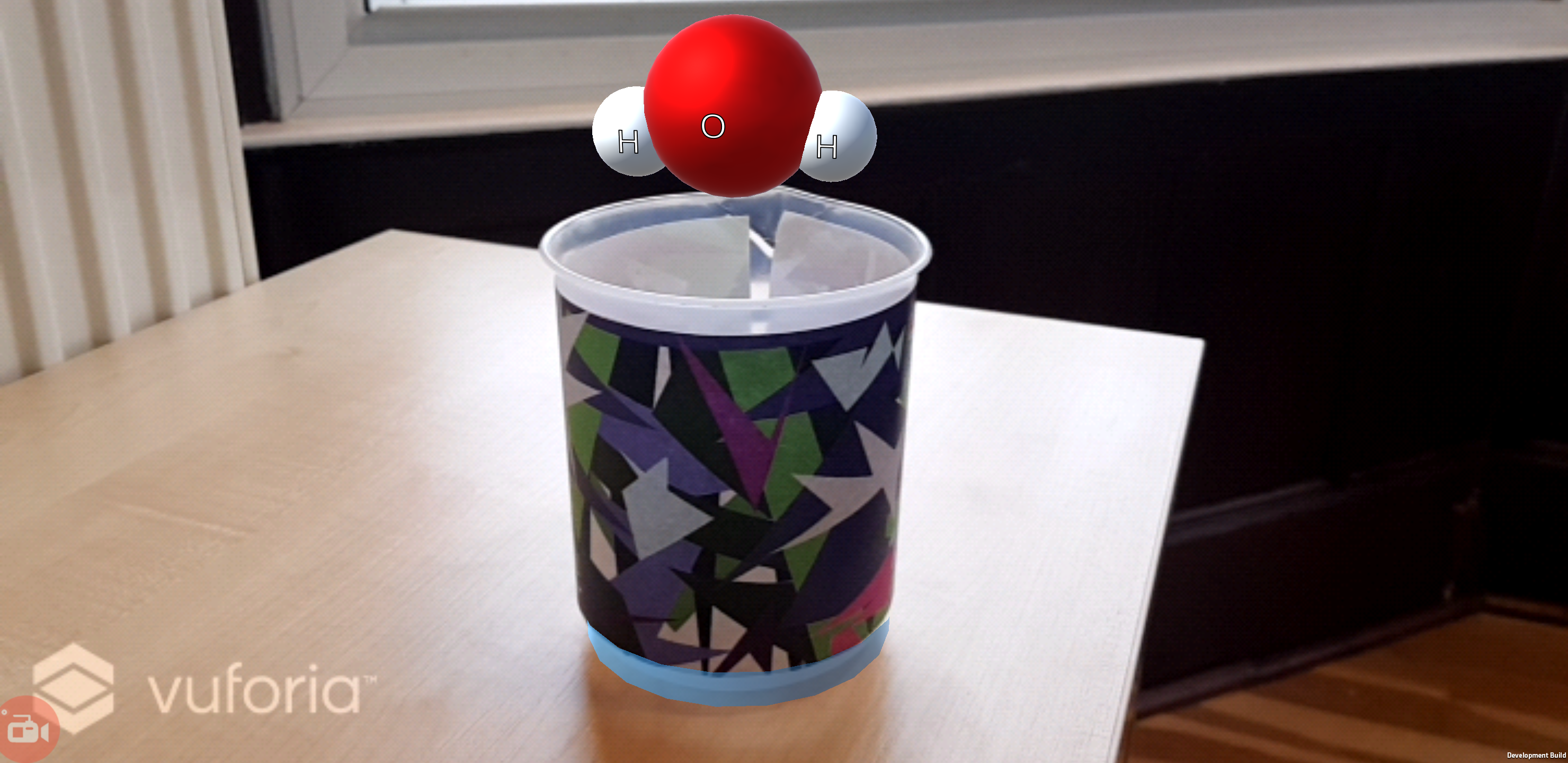Masters Project
Uses of Augmented Reality in Chemistry Experiments
Abstract
Augmented reality provides a new way to interact with computers which is fundamentally different from traditional user interfaces. Instead of constraining computer programs and visualisations to a small rectangular screen, they can place into the world around the user. This allows visualisations to be spatially connected to real world objects and areas, and for data to be presented to users in a relevant location removing the distraction and inconvenience of looking at a screen.
This project explores the uses of augmented reality within chemistry experiments. A series of visualisations have been conceived and static prototypes created. The concept of the AR-Canvas was used as a starting framework for designing these visualisations however it became apparent that it needed extending to accommodate real-time data recording and visualising. In addition, the concept of the Visibility-Tangibility Spectrum was conceived providing a scale to describe how different objects, both physical and virtual, are represented to the user, visually and tangibly, and how the and augmented reality program can manipulate objects on this scale in order to maximise functionality and minimise visual and physical clutter.
Finally, utilising these augmented reality visualisations, a proof of concept simulation of a chemistry experiment was created. It allows user to use real chemistry equipment alongside abstract tracking markers in order to create a tangible user interface for running the experiment providing an accurate replication of conducting actual chemistry experiments.


